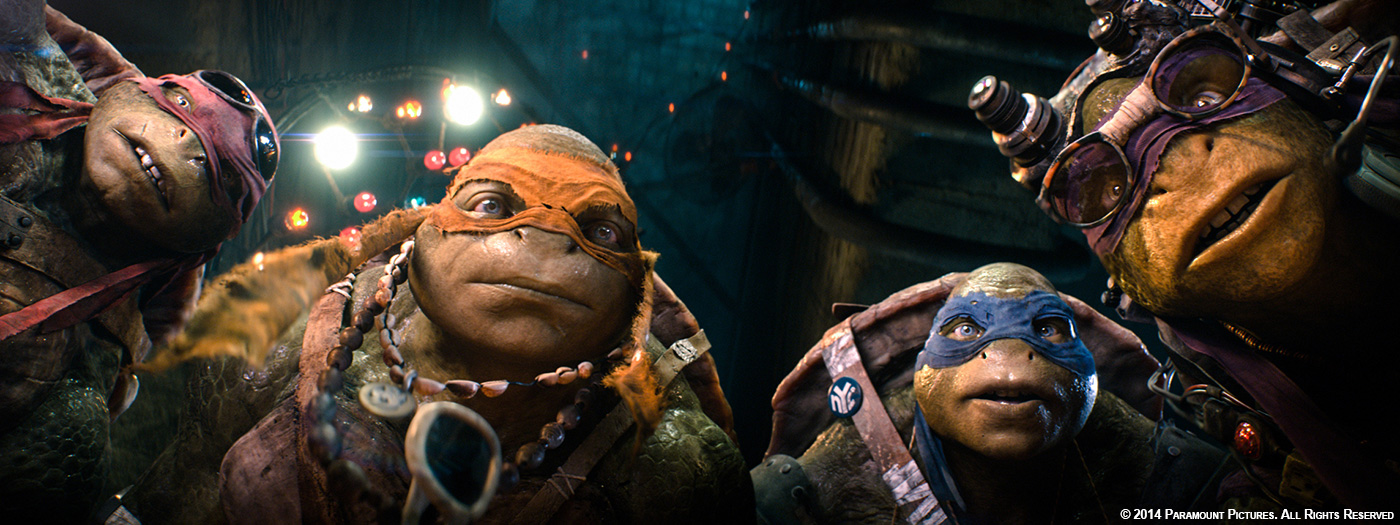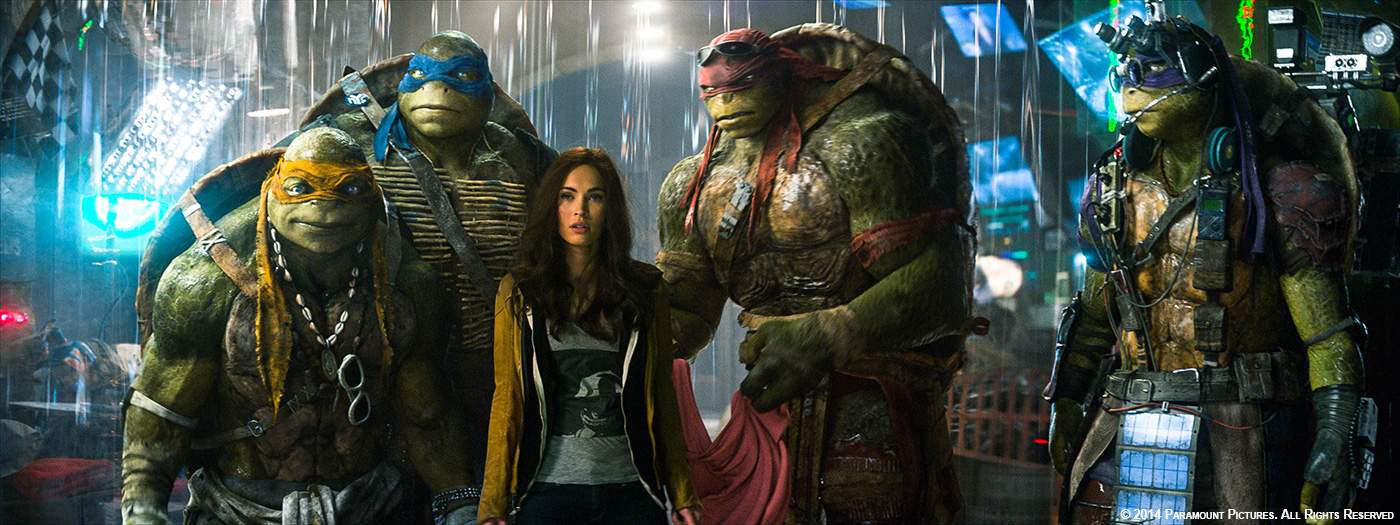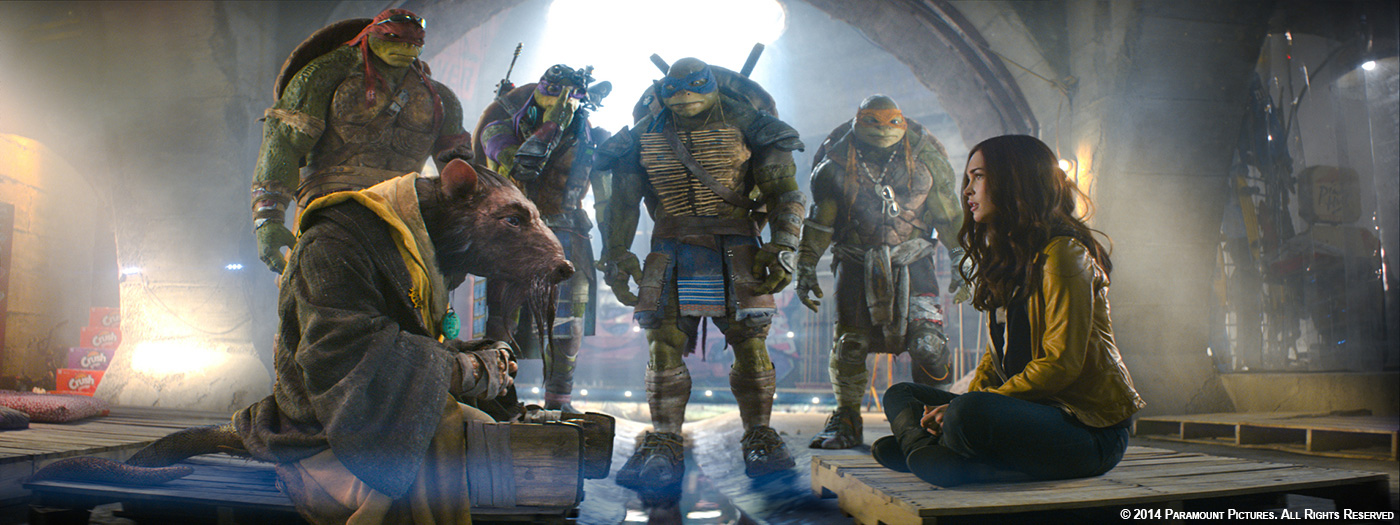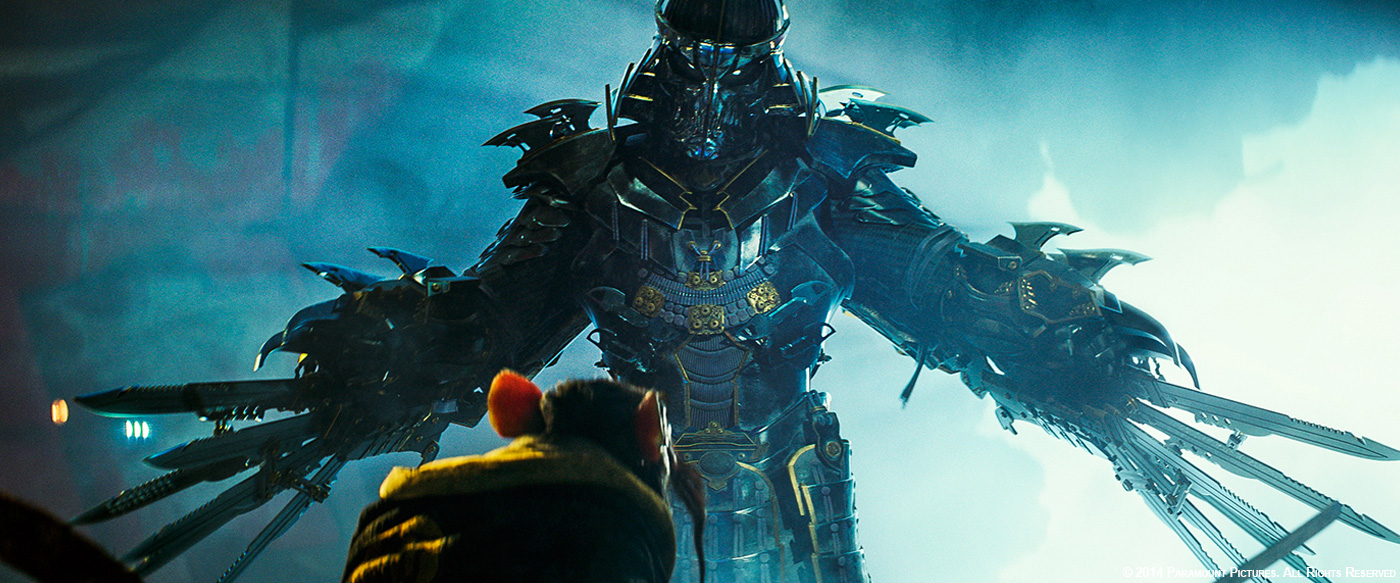马上注册,结交更多好友,享用更多功能,让你轻松玩转社区。
您需要 登录 才可以下载或查看,没有帐号?立即注册

x
Before joining ILM in 1996, Pablo Helman has worked on films like APOLLO 13 or INDEPENDENCE DAY. At ILM, he worked on films such as MEN IN BLACK, DEEP IMPACT or SAVING PRIVATE RYAN. As VFX Supervisor he took care of movies like TERMINATOR 3: RISE OF THE MACHINES, WAR OF THE WORLDS, INDIANA JONES AND THE CRYSTAL SKULL or BATTLESHIP.
What is your background?
I was born in Buenos Aires, Argentina and came to the US in 1980. Originally, I came to study music because I wanted to write music for films, So I have a degree in Music Composition from UCLA and a Masters in Educational Technology from Cal Poly. You see Not much to do with what I do now except there are a lot of commonalities between music and film: texture, color, tone, mood, sequencing, story telling, rhythm, etc., etc. I have always been interested in art, photography, drawing, building things, deconstructing things, computers, technology, so at some point, it all came together for me in film.
How did you get involved on this show?
About three years ago the project came to ILM and was asked if I wanted to do it. I jumped at the idea of bringing four digital characters to life. I knew it was going to be a huge challenge but I was very interested in facial motion capture. How was the collaboration with director Jonathan Liebesman?
I think Jonathan and I had a really good relationship. He’s interested in technology and is naturally curious. He’s always searching and open to trying new things and collaboration. As a Visual Effects Supervisor, it is my job to understand the rules of the esthetic that drives the director, and in Jonathan’s case, we connected right away.
What was his approach about the visual effects and the Turtles?
Michael Bay and Jonathan had a distinct vision for TMNT which was to make the turtles as realistic as possible. With that in mind, the concept that we pitched to Jonathan, was to have four actors on location playing the turtles. We would do facial and body motion capture in a way that it would be as transparent as possible to the craziness of the set. But also, that meant that we’d have to develop the technology to capture the performances. It took just about a couple of years to work out the kinks of the system we developed, which we call “Muse”.

What was your role on this show?
I was the Visual Effects Supervisor for the show, which meant that I read the script and devise a methodology for creating the VFX work. I would meet with the director and talked about how we were going to accomplish the specific shots on the set. Then I would be part of the principal photography shoot for 10 weeks. And then, I would go into post production at ILM to complete the shots for the show in time for release. I was also a second unit director for the shoot, taking care of aerials, animal unit and NYC plate capture.
Can you describe one of your day on-set and then during the post?
The days on the set are difficult. The days usually start at 7:00am, which means waking up at 4:30am and we typically work a 15-hour day. There is a lot to do and you always have to be “on”. A lot of crew members depend on your answers. Post days are a bit easier but still intense. We start with dailies in the morning with a crew of about 350 artists. Sometimes we’d review 110 shots in three hours. Rounds at individual artists desks come after dailies and then onto follow up meetings and strategy brainstorms. Then late in the afternoon we gather once again for nightlies and wrap up our day.
How did you collaborates with the art department for the look of the Turtles?
I regard the ILM art department as indispensable. I am always relying on the art director and artists to do concept work, to explore and to critique and solve all kinds of challenges, from environment, to mechanics, to creature design and dailies comments.
Can you explain in details about the creation?
There dozens of artists that are involved in creating the turtles: modelers, 3D painters, TDs, developers, lighters, animators, compositors, roto and paint artists, environment artists and all manner of production personnel (producers, managers, coordinators, production assistants). Creating the work is the ultimate exercise in close collaboration.


How did you manage their rigging and animation?
Tim Harrington (Animation Supervisor) Kevin Martel (Associate Animation Supervisor), Michael Koperwas (rigging Sup), Kiran Baht (rigging lead) and Doug Moore (layout Supervisor) all work together to include all the technology from the R&D department into a workable system that allows for performance retargeting necessary to see the capture on set performance into the digital turtles. There is also a lot of thought put into the animator input, being that all capture performances and solves would be accessed by animators to edit the perfect the content of performances on a shot by shot basis.
Can you explain in details about your Muse Facial Capture?
Because there was a lot of comedic performances and dialogue on the show, it was necessary for us to think about a system that, after facial performance capture and retargeting, would allow for the animator to edit the result at an artistic level. Meaning, comedy is made up of different performances by the four actors, with different timings, differing line readings and from a variety of takes. Sometimes ten takes were to combined and edited into a single performance. It was important that we gave the director the flexibility of making each shot the best it can possibly be by combining takes. That means after the captures have been solved in 3D space and retargeted onto the digital asset, the data is kept “live” ready for the animator’s hand, as opposed to handing the animator a “canned” (frozen) solve that can only be affected by actuating shapes on top of the frozen solve.

What was the main challenge with the Turtles and how did you achieve it?
Definitively, the major challenge was ‘how do we make the turtles feel real, alive and believable.’ I think one the things that was the most fun was discovering the personalities of each of the turtles and making them memorable characters.
How did you approach Shredder?
Being that Shredder was always going to be a digital character with lots of physical work, we had a stunt actor on the set that we followed. Sometimes we accentuated certain actions but paid real attention to weight, especially at the lounging and landing of moves. Other than that, we used our Imocap system to capture the body performance then decoded and retargeted it onto the Shredder character asset that we had designed and developed.
Can you tell us more about its creation?
Shredder was designed taking a look into the mythology of the Turtles franchise. There was a long period of exploration not only in terms of the look of things, but also in terms of movement and weight. It took several months for us to model, paint and rig the asset.

How did you recreate New York for this show?
The majority of the fight in NYC buildings in Times Square was completely digital. The environment was achieved through our CG and digimatte department, many of the artists spent a long time in NYC documenting Times Square and the rooftops of each of the buildings involved in the sequence. For instance, the fight on the rooftop of Condé Nast building was completely CG, since the top of that building does not have a large area upon which to stage a fight. A full CG floor was rendered on top of plates that feature the characteristic fans that were part of the original buildings. All down views were digimatte generated, complete with people and cars, and everything else that moved.
Can you tell us more about the destruction that happens during the final battle?
The destruction of the top of Condé Nast building was all CG. We documented the building and built a CG version that was ready and rigged for destruction. All destruction was simulated in ILM’s proprietary system.
Other VFX Studios are involved. How did you split the work amongst them?
We had a number of houses working on Turtles besides ILM’s San Francisco and Vancouver offices: - Image Engine (a good portion of the snow chase sequence)
- Virtuous (asset modeling)
- Base FX (some of the young turtles and youthful rat work)
- Tippet (the flashback sequence with the young turtles and Splinter)
- Atomic Fiction (CG environment work).
How was your collaboration with these VFX Supervisors?
Collaboration with all VFX Sups was great. There always a level of trust that needs to be reached so that the work is consistent and matches throughout the movie.
Was there a shot or a sequence that prevented you from sleep?
No single shot… Really all of them kept me from sleeping! For me it was mainly trying to get the turtles tone right.
What do you keep from this experience?
Overall, it was a very positive experience. I think the task at hand made us look deeper into how we portray emotions. How we convey the characteristics of sadness or happiness, and the distinction between how we recognize them in human and non-human faces. It taught us a lot about what makes us human.
How long have you worked on this film?
It’s been almost three years since I started this project.
How many shots have you done?
The complete count is about 1000 shots.
What was the size of your team?
Our crew was about 450 artists.
What is your next project?
Stay tuned for an announcement soon I hope.
What are the four movies that gave you the passion for cinema?
2001, STAR WARS (of course), the original KING KONG and BLADE RUNNER.
A big thanks for your time.
// WANT TO KNOW MORE? |